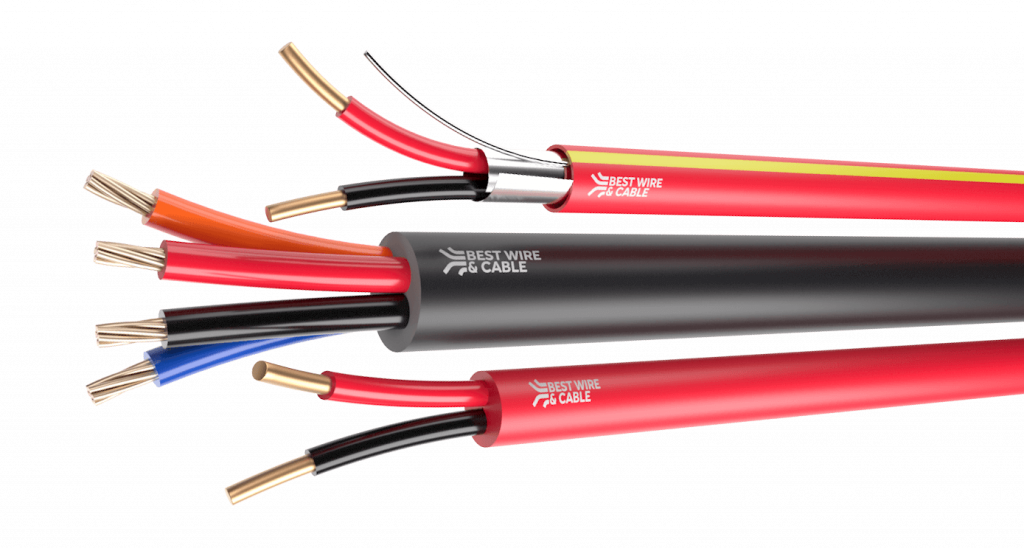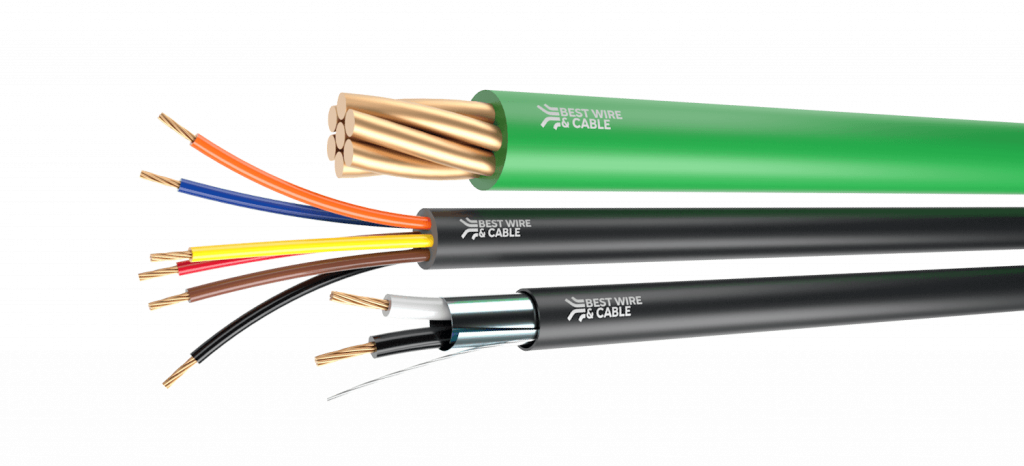The Versatility of Dual-Rated Cable: Meeting Multiple Standards in One Solution

In today’s interconnected world, wire and cable products must meet increasingly stringent safety and performance standards. Dual-rated cables, designed to comply with the requirements of two or more regulatory bodies, offer a versatile and cost-effective solution for a wide range of industries. Understanding their importance begins with knowing the organizations that set the standards.
What Are Dual-Rated Cables?
Dual-rated cables are designed and tested to meet the standards of multiple regulatory organizations, such as:
- UL (Underwriters Laboratories): Focuses on safety and performance in electrical products.
- NEMA (National Electrical Manufacturers Association): Sets benchmarks for quality and reliability in electrical components.
- CSA (Canadian Standards Association): Establishes safety standards for the Canadian market.
- SAE (Society of Automotive Engineers): Regulates automotive and aerospace wiring.
By adhering to two or more sets of standards, dual-rated cables provide versatility, allowing their use in broader applications without compromising on safety or quality.
Benefits of Dual-Rated Cables
- Enhanced Usability Across Markets:
Dual-rated cables, such as UL and CSA compliant wires, simplify installation processes in cross-border projects, ensuring compliance with multiple regulatory codes. - Cost and Inventory Efficiency:
With a single cable meeting diverse needs, businesses save on inventory space and reduce purchasing complexity. - Reliable Quality Assurance:
Dual-rated cables undergo rigorous testing to satisfy the requirements of multiple standards, guaranteeing high performance, safety, and durability.
Common Examples of Dual-Rated Cables
MTW/THHN/THWN-2:
- MTW (Machine Tool Wire): Designed for flexibility and resistance to oil and heat, often used in industrial machinery.
- THHN/THWN-2: Rated for high heat, wet conditions, and general building wiring, making it suitable for residential and industrial use.
UL/CSA Rated Cables:
A common combination for cables in North America, ensuring compatibility with both U.S. and Canadian codes.
UL/SAE Rated Cables:
The automotive and aerospace industries rely on these cables to meet stringent electrical and mechanical standards.
Best Wire & Cable Dual-Rated Cable Example
7080PL:
Specs: 18AWG 2C SOLID BC NS FPLP/CMP/CL3P 75C
One of our common fire alarm cable is 7080PL.
Fire Alarm cables are specialized electrical cables designed for use in fire alarm systems. These systems are crucial for detecting, alerting, and managing fire-related emergencies in various settings, including residential, commercial, and industrial buildings. The cables play a vital role in transmitting signals between the components of the fire alarm system, ensuring proper operation when safety is on the line.
Lets take a deep dive into the specs of 7080PL:
Cable Description Explained
- 18AWG 2C SOLID BC:
- 18AWG: The cable has a wire gauge of 18, meaning it has a diameter suitable for low-power applications.
- 2C: The cable consists of two conductors.
- SOLID BC: The conductors are solid (not stranded) and made of bare copper (BC), which ensures good conductivity and durability.
- NS (Non-Shielded):
- The cable lacks shielding, making it ideal for installations where electromagnetic interference (EMI) is minimal.
- FPLP (Fire Alarm Plenum):
- Rated for use in plenum spaces, such as air ducts or spaces used for air circulation, where fire safety is critical.
- Complies with NFPA 70 (National Electrical Code – NEC) standards for flame retardance and low smoke emissions.
- CMP (Communications Plenum):
- Certified for communications cable plenum spaces, adhering to stricter smoke and flame retardant standards under NEC Article 800.
- CMP-rated cables can replace FPLP in many applications because CMP has higher fire safety standards.
- CL3P (Class 3 Power-Limited Plenum):
- Designed for Class 3 power-limited circuits under NEC Article 725, used for low-voltage control and signaling (up to 300 volts).
- Rated for plenum spaces, offering fire safety and resistance to high temperatures.
- 75°C:
- The cable is rated for a maximum operating temperature of 75°C (167°F), suitable for most indoor environments.
What Makes This Cable Dual-Rated?
This cable is dual-rated because it meets the standards for both:
- Fire Alarm Systems (FPLP) and Low-Voltage Communication Systems (CMP):
It can be used interchangeably for plenum applications in these systems. - CL3P (Power-Limited Circuits): Ensures compliance for Class 3 circuits.
Applications of This Dual-Rated Cable
- Fire Alarm Systems: Provides safe and reliable signal transmission in air circulation spaces.
- Security and Access Control Systems: Ideal for low-voltage applications where fire and smoke safety are crucial.
- Audio and Communications: Meets high safety standards for plenum-rated installations.
Why Dual Ratings Matter for This Cable
This cable’s dual ratings (FPLP, CMP, and CL3P) expand its versatility, enabling use in various applications while meeting strict safety standards. This versatility reduces the need for multiple types of cable, making it a cost-effective and reliable choice for contractors and system designers.
Applications of Dual-Rated Cables
- Industrial Wiring: Essential for facilities with equipment requiring compliance with both UL and CSA standards.
- Building Wiring: Dual-rated cables simplify installations in projects that must meet local and cross-border codes.
- Automotive and Aerospace: Enables global compliance in environments where safety and precision are critical.
The Role of Standards in Ensuring Safety and Quality
Organizations like UL, NEMA, CSA, and SAE establish rigorous guidelines to protect users and ensure reliability. These standards regulate insulation quality, fire resistance, chemical resistance, and voltage ratings. Dual-rated cables, by meeting multiple standards, offer an extra layer of confidence to engineers and contractors.
Why Dual-Rated Cables Matter
- Safety: Complying with multiple safety standards minimizes the risk of electrical hazards.
- Flexibility: Dual-rated cables can be used across a wider range of applications and regions.
- Regulatory Compliance: They meet industry-specific and regional regulatory requirements.
Conclusion
Dual-rated cables are not only practical but also a strategic investment in safety, efficiency, and compliance. By simultaneously meeting the standards of multiple regulatory organizations, they enable businesses to streamline operations, cut costs, and achieve superior performance across diverse applications. Furthermore, whether used in building wiring, industrial installations, or automotive applications, dual-rated cables consistently provide the reliability and versatility required in today’s challenging environments.
Resources for Further Reading:
























